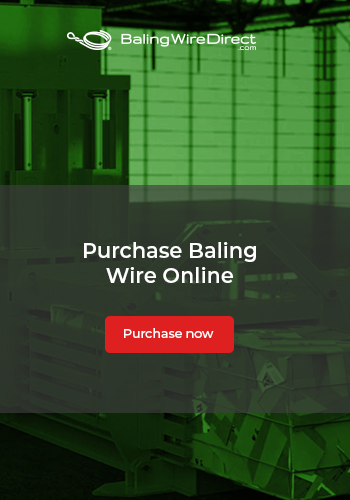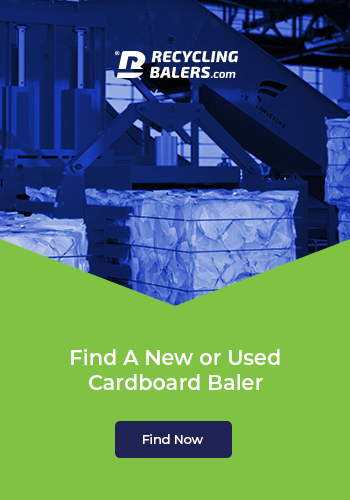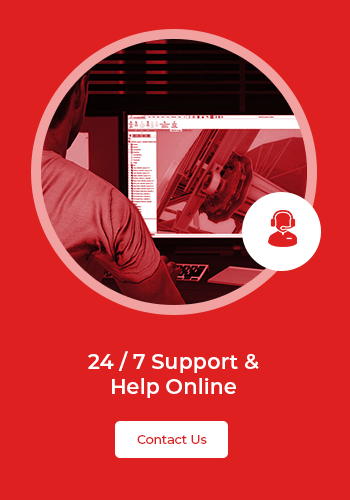What Type of Conveyor Belts Are Used in Recycling Centers?
Recycling plants and centers across the world are making use of conveyor belts. After all, an optimal waste management system cannot be achieved without this element. Conveyor belts supply numerous advantages, including improved efficiency, added control, and the ability to easily transport recycling materials.
With that said, these benefits can only be truly realized if a suitable conveyor belt system is used. A recycling sorting system deals with substantial quantities of waste, which means a recycling center has different conveyor belt demands to other industries.
If you work in the recycling sector or are seeking to add this element to your business, this guide will detail the type of conveyor belts that are used in this environment.
The attributes of recycling conveyor belts
Due to how incredibly demanding the environment is, waste recycling is not the place for standard conveyor belts. To handle large quantities of waste material without your sorting machines malfunctioning, you require conveyors which are heavy-duty.
Whether you’re conveying cardboard, plastics, scrap metal, aluminum, or a combination of recyclable materials, your system has to be up to the task. This starts with the conveyors being built with robust components. These components include:
· Heavy-duty belts: The belt is what supports and transports your recyclable materials. Due to the continual demands placed on the belt, it needs to be heavy-duty and reinforced. If not, the belt could become damaged and slow down production.
· Motors: With the continual movement of materials, your system requires a motor that can handle the workload. Powerful motors can keep things running, even when brutal conditions are thrown their way.
· Sprockets: Sudden overload can be an issue when dealing with large quantities of recyclable materials. Hardened sprockets provide high shock loading and inherent strength, ensuring the belt doesn’t stall or slip.
· Bearings: To keep the conveyor belt rotating smoothly on a continuous basis, the bearings need to be heavy-duty and provide protection against all environments.
· Shafts: The shafts are another integral component of any conveyor belt system. If these are not turned to the industry’s tightest tolerances, this could lead to failures – particularly with the demands placed on the system from standard recycling tasks.
In summary, recycling conveyor belts have to be sturdy and built to last. They also demand high quality components throughout, otherwise the system won’t be able to handle the pressure applied by recycling centers.
Picking the right conveyor belt supplier matters
When selecting the right conveyor belt supplier for your recycling center, there’s one aspect that matters more than any other: quality. At Fluent Conveyors, no other conveyor companies can match us in that regard.
Having developed conveyor belts for many different industries over the years, we know what’s required to put together the best recycling sorting conveyor system for your needs. Our conveyor belts are all designed with the best components and standards in place, ensuring we deliver the best possible products for our customers. If you want to learn more, get in touch today.



